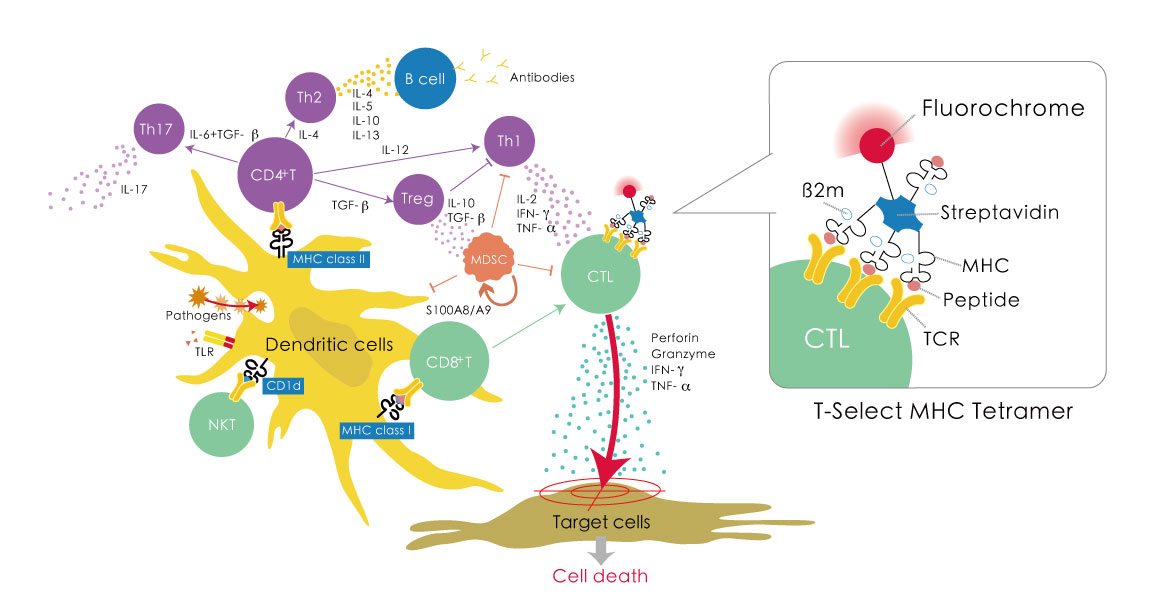The gold standard for autophagy research
 The three proteins, LC3, GABARAP (GABAA receptor-associated protein), and GATE-16 (Golgi-associated ATPase enhancer), are mammalian homologues of yeast Atg8. Among them, LC3 has been studied most extensively and frequently used as an autophagy marker in mammals. Newly translated LC3 (proLC3) is immediately processed at the C-terminus by Atg4B or Atg4A, forming LC3-I. Upon induction of autophagy, LC3-I is sequentially transferred to E1 and E2, and conjugated to the substrate, PE (phosphatidylethanolamine). The resulting PE-conjugated LC3 is called LC3-II. Although LC3-II has a higher molecular weight than LC3-I, the mobility of LC3-II is greater than LC3-I on SDS-PAGE, due to higher hydrophobicity. GABARAP and GATE-16 are also conjugated to PE in a similar process.
The three proteins, LC3, GABARAP (GABAA receptor-associated protein), and GATE-16 (Golgi-associated ATPase enhancer), are mammalian homologues of yeast Atg8. Among them, LC3 has been studied most extensively and frequently used as an autophagy marker in mammals. Newly translated LC3 (proLC3) is immediately processed at the C-terminus by Atg4B or Atg4A, forming LC3-I. Upon induction of autophagy, LC3-I is sequentially transferred to E1 and E2, and conjugated to the substrate, PE (phosphatidylethanolamine). The resulting PE-conjugated LC3 is called LC3-II. Although LC3-II has a higher molecular weight than LC3-I, the mobility of LC3-II is greater than LC3-I on SDS-PAGE, due to higher hydrophobicity. GABARAP and GATE-16 are also conjugated to PE in a similar process.



